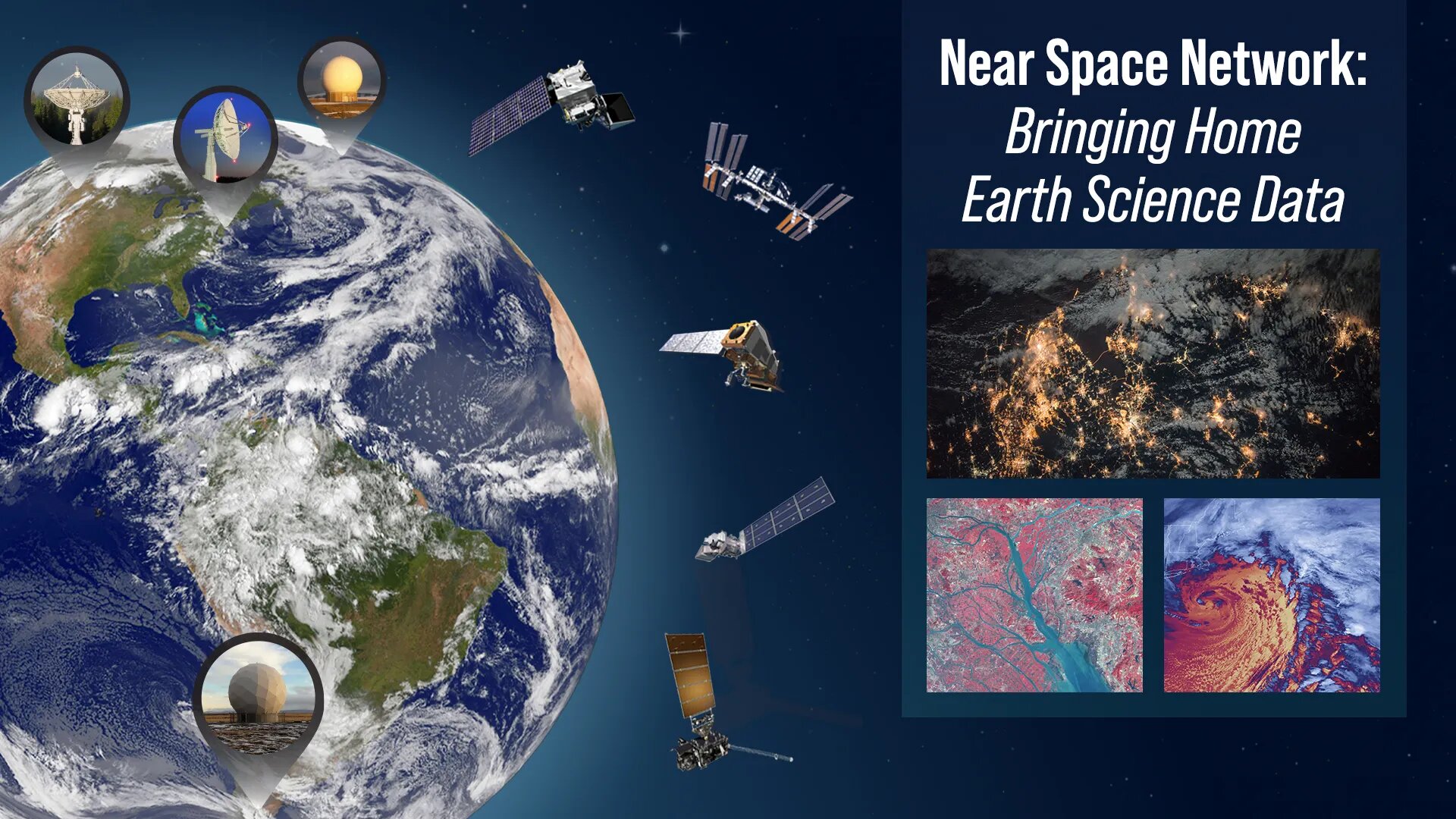China set to retrieve Martian soil samples by 2030
by Simon Mansfield
Sydney, Australia (SPX) Apr 26, 2024
China is on course to potentially be the first nation to return Martian soil to Earth, in what is considered a significant scientific and engineering feat, according to a prominent space scientist.
Wu Weiren, a member of the Chinese Academy of Engineering and a leading figure at the China National Space Administration, remarked this week in Wuhan, the capital of Hubei province, that China intends to collect samples from Mars and transport them back to Earth by 2030 as part of the historic Tianwen 3 mission, which is the third phase of China’s interplanetary exploration program.
“Based on the current progress of other nations’ Martian exploration projects, China is expected to become the first to complete a sample-return mission from Mars,” he stated, adding that preparations for the world’s first Martian sample laboratory are underway.
Details on the timing of the mission were not provided.
According to CNSA mission planners, the Tianwen 3 mission will consist of a lander, an ascender, an orbiter, and a reentry module. The mission is slated for launch aboard two Long March 5 heavy-lift rockets from the Wenchang Space Launch Center in Hainan.
The lander and ascender will follow an Earth-Mars transfer trajectory, perform orbital corrections, and attempt a soft-landing on Mars aided by engine power.
The orbiter and reentry module will also travel to Martian orbit to relay signals and await the collection of samples.
After collecting the samples and sealing them in a vacuumed metal container, the ascender will propel them into orbit to meet the reentry module. After transferring the samples, it will undock and the orbiter stack will return to Earth’s orbit. The reentry module will then separate and navigate back to a designated landing site on Earth.
If successful, these samples will be the first from Mars, offering new insights into potential life, Martian geology, and atmospheric conditions.
Yang Yuguang, a prominent space industry observer and vice-chair of the International Astronautical Federation’s Space Transportation Committee, highlighted the historic nature of such missions, noting the complexity of Martian sample retrieval compared to lunar missions due to Mars’ challenging atmosphere.
“First, anyone who wishes to retrieve Martian soil needs to, in the first place, take to the planet a craft which can lift off from the Martian surface to send samples to Martian orbit, and that means such a craft must be large enough to contain engines and propellants.
“And landing a large craft safely on the Martian surface would be exceptionally challenging, considering the fact that landing on Mars is far more difficult than a lunar landing due to the complex atmosphere surrounding Mars,” he elaborated.
Navigational and docking challenges in Martian orbit present significant technical hurdles due to the vast distance from Earth, he added.
China’s Mars program began with Tianwen 1, launched in July 2020, which successfully deployed the Zhurong rover on Mars in May 2021. Tianwen 2, aimed at retrieving asteroid samples, is projected to launch by 2025 and return samples by 2027.
Related Links
Lunar Exploration and Space Program
Mars News and Information at MarsDaily.com
Lunar Dreams and more




